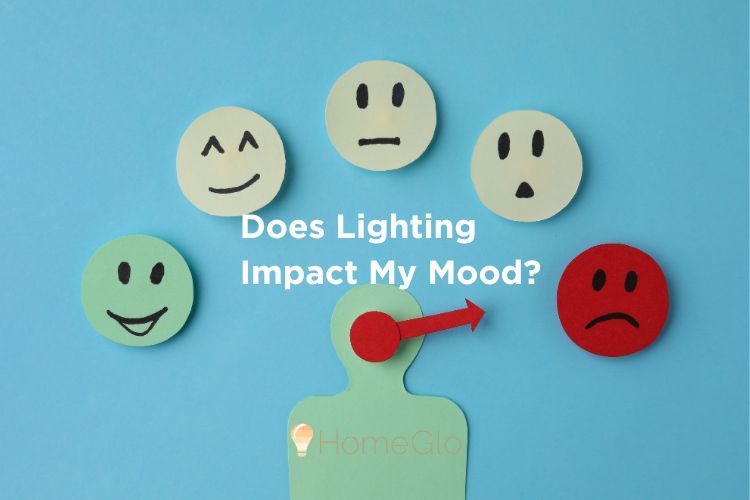Yes, lighting can have a profound impact on health. The quality and type of lighting in our environments can influence our mood, cognitive function, and overall well-being. Here’s how lighting can affect health:
Mood and Emotional Well-being: Lighting plays a role in affecting our mood and emotional state. Exposure to natural daylight, which is rich in blue light, can help improve mood and combat feelings of depression and anxiety. On the other hand, harsh or dim lighting can contribute to feelings of sadness, irritability, and even Seasonal Affective Disorder (SAD), a type of depression that occurs during certain seasons, often in the fall and winter when natural daylight is reduced.
Circadian Rhythm Regulation: Proper regulation of the circadian rhythm is crucial for mental health. Exposure to natural daylight during the day and the reduction in blue-wavelength light with warm, dim lighting in the evening can help regulate your body’s internal clock, promote healthy sleep patterns, and improve overall mood and well-being.
Looking to Improve Your Sleep Health?
HomeGlo is a premier provider of home lighting automation, software, and consulting. We help individuals sleep better, have a healthier life and enjoy their home more with better lighting. Get a free consultation and learn how we may be able to help.
Productivity and Alertness: Adequate lighting in work and study environments can enhance alertness, concentration, and productivity. Bright, cool lighting can help stimulate cognitive activity and keep individuals more awake and focused during tasks.
Sleep Quality: exposure to blue-rich light in the evening, especially from LED lights and electronic devices can disrupt the production of melatonin and affect sleep quality. Poor sleep is strongly linked to mental health issues, including anxiety and depression.
Anxiety and Stress Reduction: Natural daylight and warm, inviting lighting can create a soothing and calming atmosphere that reduces anxiety and stress. Certain lighting designs, such as soft ambient lighting, can help create a comfortable environment that promotes relaxation.
Alzheimer’s and Dementia: For individuals with Alzheimer’s disease or dementia, proper lighting design can help improve their sense of orientation and reduce confusion. Adequate lighting levels and appropriate lighting strategies can create a safer and more comfortable environment for these individuals.
Agitation Reduction: In healthcare settings, proper lighting can help reduce agitation and restlessness in patients. Thoughtful lighting design that considers color temperature, intensity, and timing can have a positive impact on patients’ mental well-being.
Psychiatric Disorders: Some research suggests that specific lighting interventions, such as light therapy, can be beneficial for certain psychiatric disorders. Light therapy is often used to treat conditions like Seasonal Affective Disorder and sleep disorders, which can have secondary effects on mental health.
In summary, lighting can have a significant impact on mental health by affecting mood, circadian rhythm, sleep quality, and overall well-being. Designing environments with consideration for lighting quality, color temperature, and intensity can contribute to positive mental health outcomes and create spaces that promote comfort, relaxation, and productivity.

